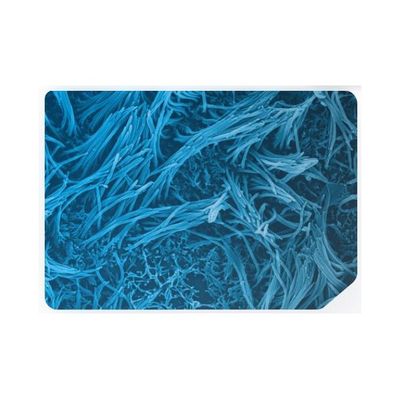


Emulate - Lung-Chip
Study lung physiology, disease, and the effect of drug candidates. A more human-relevant model for studying pulmonary physiology, with primary human cells in a lung-specific microenvironment. We are currently developing two distinct models of the human lung—the Alveolus Lung-Chip and the Airway Lung-Chip—to capture the specific tissue architecture and function of different lung tissues. Both models will enable researchers to investigate pathophysiology and evaluate drug effect during preclinical discovery and development.
Human-based co-culture models with relevant physical forces
Unlike commonly used cell line models, the Lung-Chip incorporates a co-culture of primary human lung epithelial and endothelial cells in a dynamic microenvironment. Cell-cell interactions, flow, and stretch when relevant improve functionality, resulting in in vivo-like cell differentiation, cilia behavior, mucociliary clearance, and a tight epithelial barrier.
Human-relevant models of the alveolus and small airway
Both models include epithelial and lung-specific endothelial cells on either side of a porous, ECM-coated membrane. Researchers can incorporate mechanical cues and soluble factors critical to cell function and differentiation in vivo.
Primary human cell model
A co-culture of primary human epithelial and endothelial lung cells allows for cell-cell interactions and reduces translational challenges caused by species differences in animal models.
Tissue-relevant mechanical forces
A dynamic microenvironment—including media flow and stretch to emulate peristalsis—is modeled on-chip to improve functionality and morphology as well as promote ciliation and formation of confluent epithelial and endothelial layers.
Air-liquid interface (ALI)
The Lung-Chip supports human-relevant exposure of the epithelium to air as seen in vivo, promoting epithelial cell differentiation.
The Human Emulation System is comprised of instruments, consumables, and software in a flexible, open format. The user-friendly platform gives researchers a window into the inner workings of human biology.
